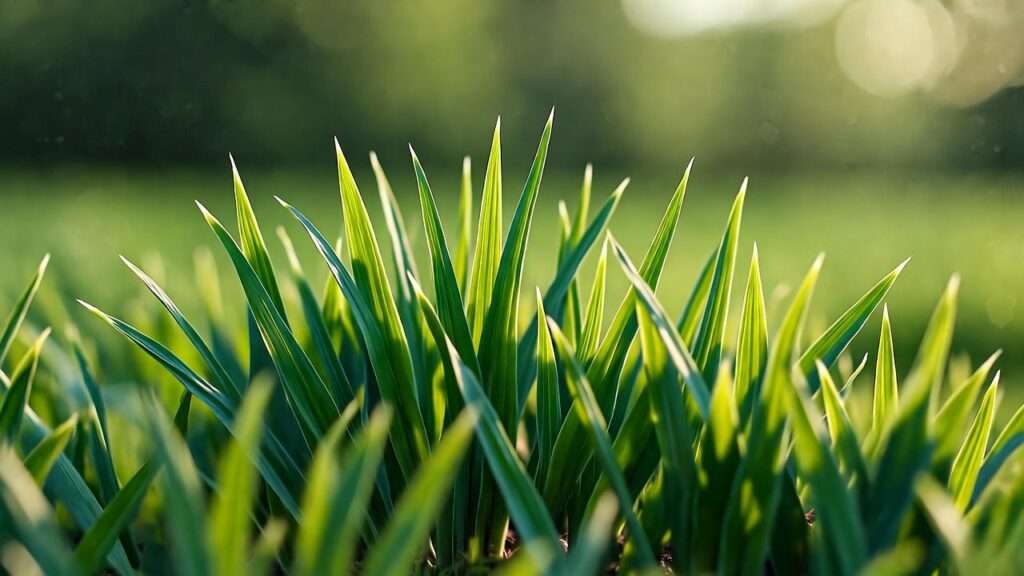Imagine stepping onto a lush, vibrant lawn that feels like a soft green carpet under your feet, transforming your backyard into a haven for relaxation, play, or entertaining. For many homeowners, growing healthy grass plants is the key to unlocking this dream, yet patchy lawns, stubborn weeds, and uneven growth can make it feel like an uphill battle. As a horticulturist with over a decade of experience in lawn care, I’ve helped countless gardeners achieve thriving grass plants with practical, science-backed strategies. In this comprehensive guide, you’ll discover seven essential tips to cultivate a lawn that’s the envy of your neighborhood. Whether you’re a beginner or a seasoned gardener, these expert insights will address common pain points and empower you to create a stunning, sustainable lawn. Let’s dive in! 🌞
Why Grass Plants Are the Heart of a Beautiful Lawn 🏡
The Role of Grass in Your Landscape
Grass plants are more than just a pretty face in your yard—they’re the backbone of a healthy, functional landscape. A well-maintained lawn enhances your home’s curb appeal, provides a safe space for kids and pets, and even contributes to environmental health by producing oxygen and preventing soil erosion. According to the USDA, grass lawns cover approximately 40 million acres in the U.S., making them a critical part of urban and suburban ecosystems. Beyond aesthetics, grass plants improve soil structure, filter rainwater, and reduce heat in your yard, creating a cooler microclimate.
Common Challenges in Growing Grass Plants
Despite their benefits, growing lush grass plants comes with challenges. Soil compaction, improper watering, pest infestations, and choosing the wrong grass type can lead to patchy, lackluster lawns. Many homeowners also struggle with weeds like crabgrass or diseases like brown patch, which can derail even the best intentions. Understanding these obstacles is the first step to overcoming them, and with the right approach, you can transform your lawn into a thriving masterpiece.
Tip 1: Choose the Right Grass Type for Your Climate 🌞❄️
Understanding Grass Varieties
The foundation of a lush lawn starts with selecting the right grass plants for your region. Grasses are broadly categorized into cool-season and warm-season varieties, each suited to specific climates. Cool-season grasses, like Kentucky bluegrass, tall fescue, and perennial ryegrass, thrive in colder regions with temperatures between 60–75°F. Warm-season grasses, such as Bermuda, Zoysia, and St. Augustine, flourish in hotter climates with temperatures of 80–95°F. Here’s a quick-reference table to guide your choice:
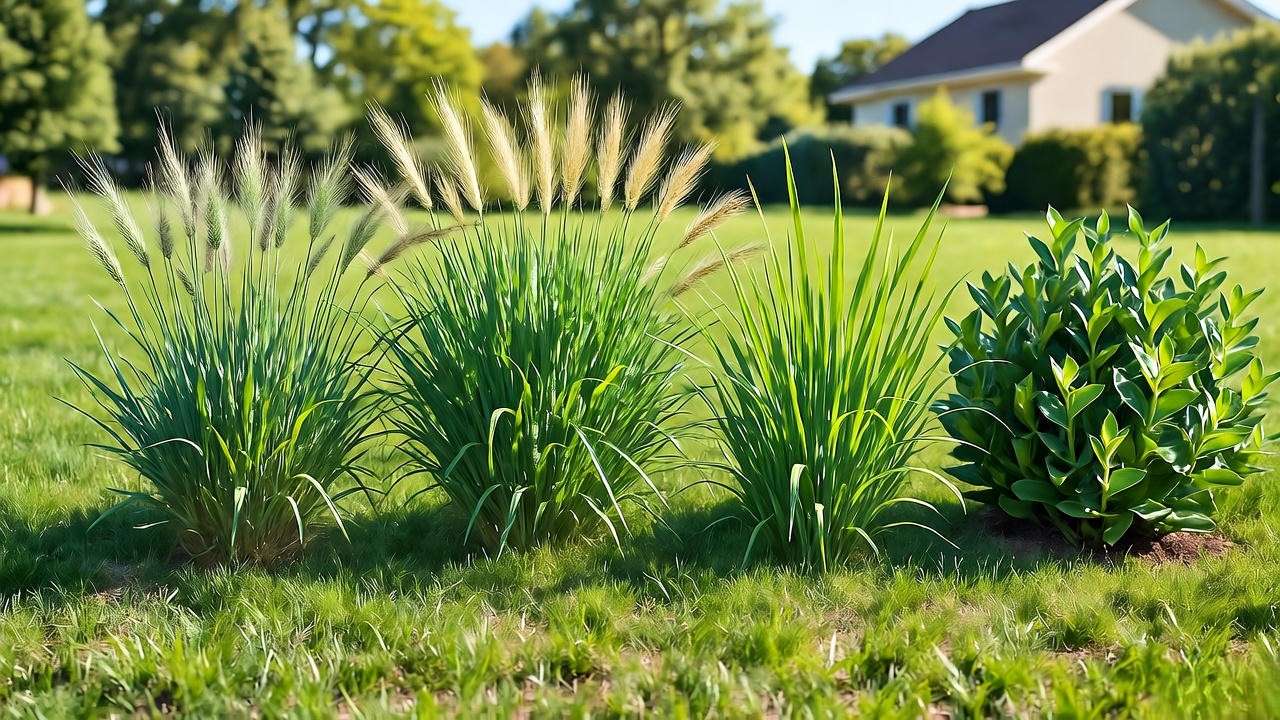
| Grass Type | Climate | Maintenance Level | Key Features |
|---|---|---|---|
| Kentucky Bluegrass | Cool-season | High | Lush, dense, self-repairing |
| Tall Fescue | Cool-season | Medium | Drought-tolerant, shade-adaptable |
| Bermuda | Warm-season | Medium | Durable, fast-growing, heat-tolerant |
| Zoysia | Warm-season | Low | Slow-growing, soft texture |
Matching Grass to Your Region
To choose the best grass plants, research your local climate using the USDA Hardiness Zone map. For example, cool-season grasses excel in zones 3–7 (northern U.S.), while warm-season grasses are ideal for zones 8–10 (southern U.S.). Consult your local university extension service for tailored recommendations—Penn State Extension, for instance, suggests blending Kentucky bluegrass with perennial ryegrass for resilient northern lawns. Testing your soil type (sandy, clay, or loamy) also ensures your grass thrives in its environment.
Tip 2: Prepare Your Soil for Success 🌍
Testing and Amending Soil
Healthy grass plants start with healthy soil. Before planting, conduct a soil test to assess pH and nutrient levels. Most grasses prefer a slightly acidic pH of 6.0–7.0. You can purchase a soil test kit from a garden center or send a sample to your local extension service for detailed analysis. Based on the results, amend your soil with lime (to raise pH), sulfur (to lower pH), or organic matter like compost to boost fertility. Adding organic matter also improves soil structure, promoting better root growth and water retention.
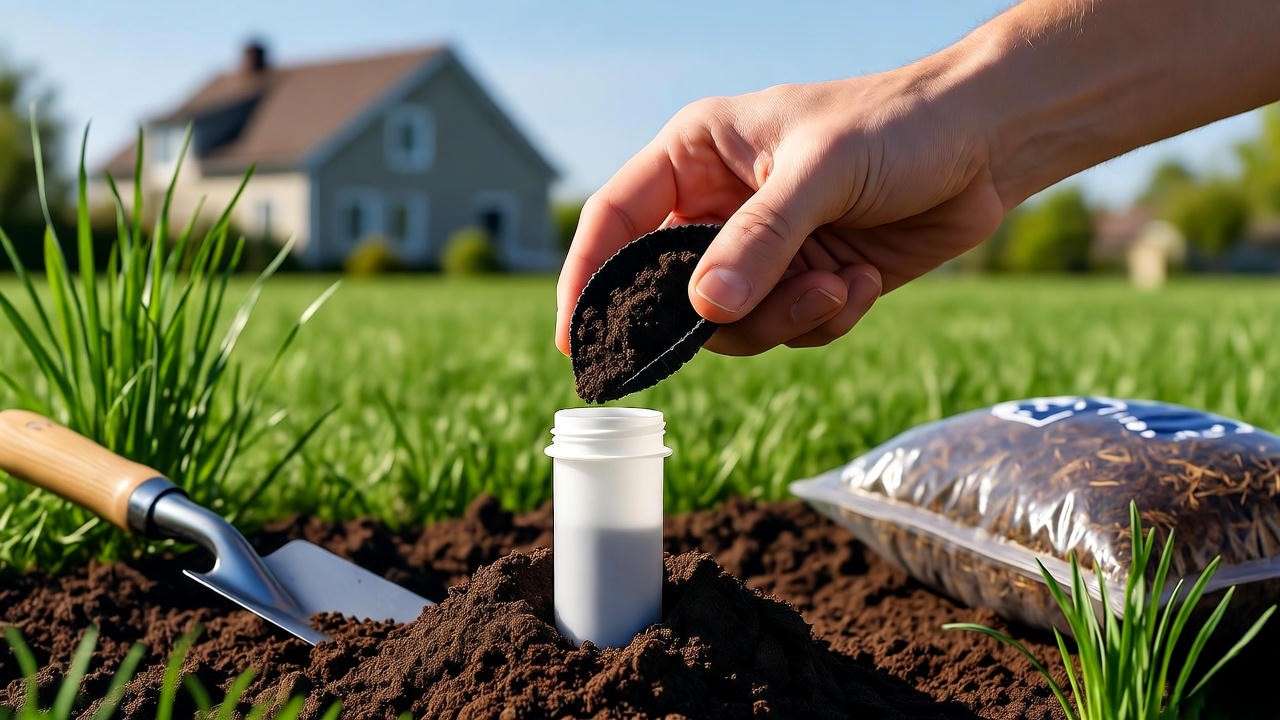
Aeration and Drainage
Compacted soil is a common barrier to lush grass plants, as it restricts root access to air, water, and nutrients. Aeration—using a core aerator to remove small plugs of soil—creates space for roots to expand. Aerate your lawn in spring or fall, when grass is actively growing, and focus on high-traffic areas. Proper drainage is equally critical; ensure your lawn slopes away from your home to prevent water pooling. If drainage issues persist, consider installing a French drain or consulting a landscaping professional.
Tip 3: Master Proper Planting Techniques 🌱
Seeding vs. Sodding
When establishing grass plants, you have two primary options: seeding or sodding. Seeding is cost-effective and allows you to choose from a wide variety of grass types, but it requires patience, as germination can take 7–30 days. Sodding provides instant results, ideal for quick lawn establishment, but it’s pricier and offers fewer grass variety options. For seeding, spread seeds evenly at the recommended rate (e.g., 5–10 lbs per 1,000 sq ft for Kentucky bluegrass) and lightly rake them into the soil. For sod, ensure proper soil preparation and lay strips tightly together to avoid gaps.
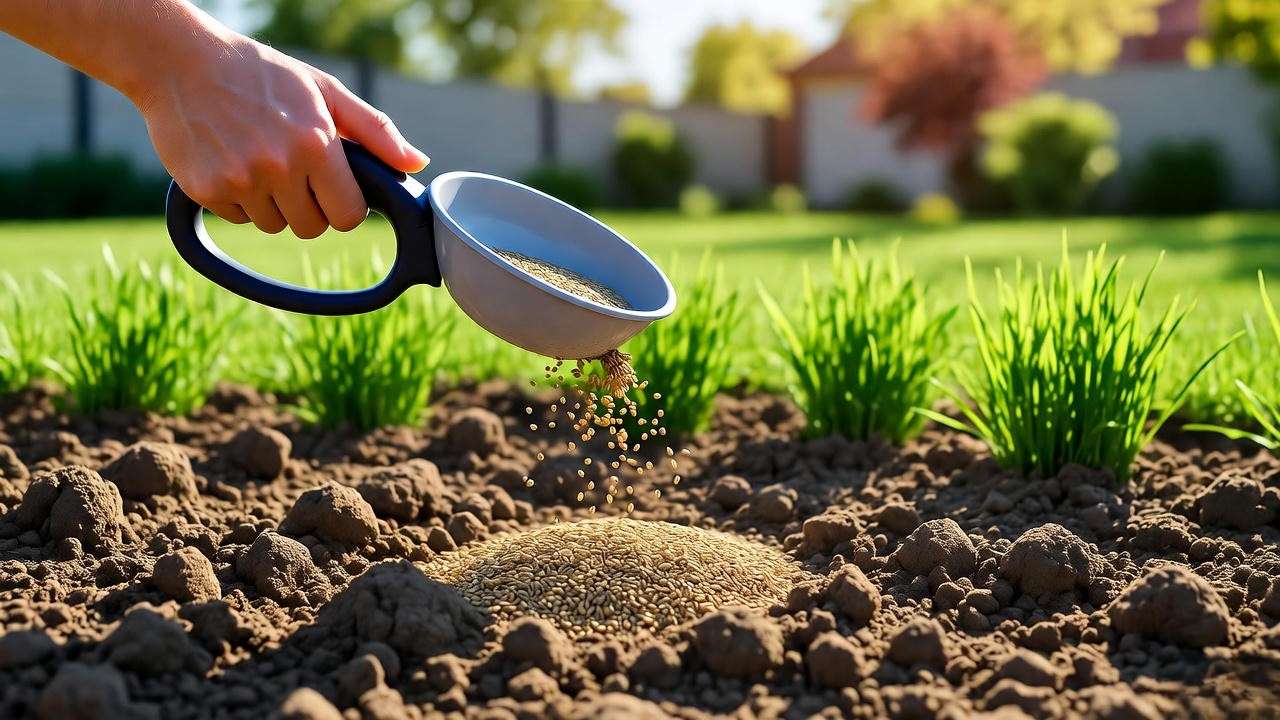
Timing Your Planting
Timing is critical for successful grass establishment. Cool-season grasses should be planted in early fall or spring, when temperatures and moisture levels support germination. Warm-season grasses do best when planted in late spring or early summer, as they thrive in warmer soil. Here’s a regional planting guide:
- Northeast: Seed cool-season grasses in September–October.
- South: Plant warm-season grasses in May–June.
- Midwest: Opt for early fall or spring seeding.
- West: Adjust based on elevation and microclimate; consult local guidelines.
Tip 4: Water Wisely for Healthy Grass 💧
Establishing a Watering Schedule
Proper watering is essential for nurturing grass plants, especially during establishment. Aim for deep, infrequent watering to encourage strong root systems—about 1–1.5 inches of water per week, including rainfall. Use a rain gauge or place a shallow container on your lawn to measure output from sprinklers. Water early in the morning (5–9 a.m.) to minimize evaporation and reduce the risk of fungal diseases. For new lawns, water lightly daily for the first 2–3 weeks, then gradually transition to a regular schedule.
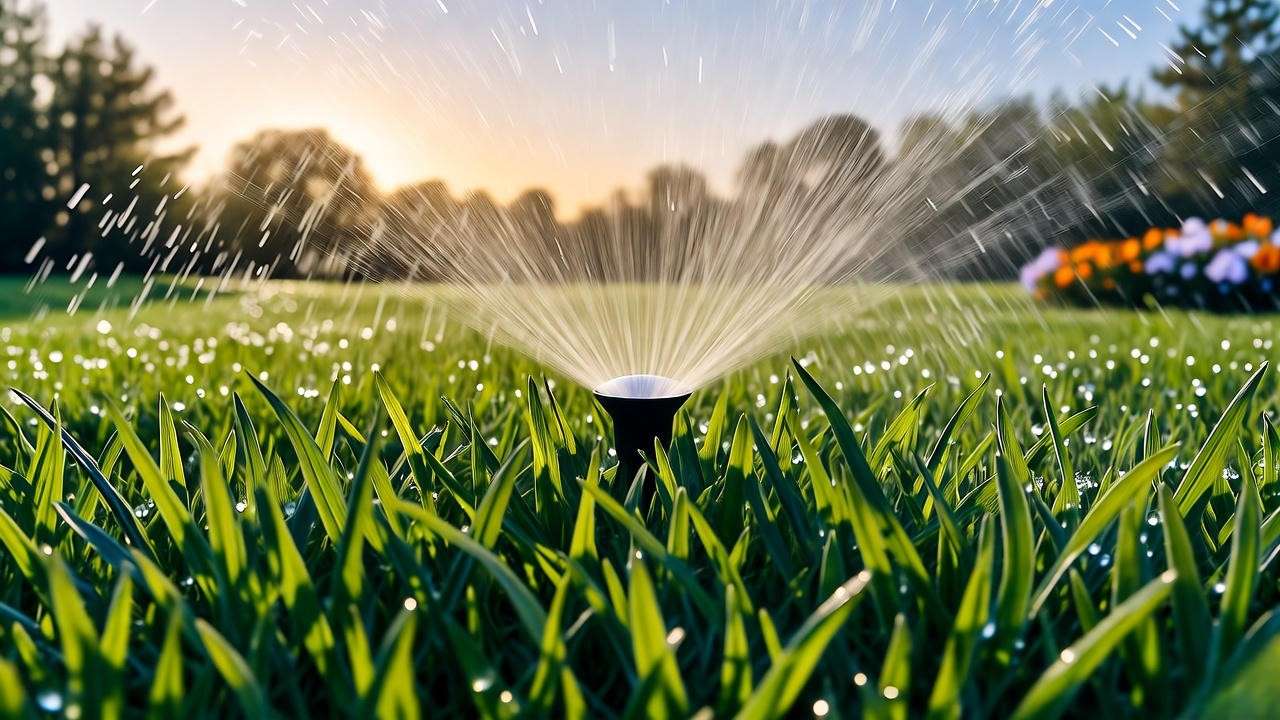
Avoiding Overwatering and Underwatering
Overwatering can lead to shallow roots and diseases like root rot, while underwatering causes wilting and brown patches. Look for signs of stress: yellowing grass may indicate overwatering, while curling blades suggest thirst. Smart irrigation systems, like those with moisture sensors, can optimize watering efficiency. According to the University of California Agriculture and Natural Resources, morning watering reduces water loss by up to 30% compared to midday.
Tip 5: Fertilize Strategically for Lush Growth 🌿
Choosing the Right Fertilizer
Fertilizing provides grass plants with essential nutrients—nitrogen (N), phosphorus (P), and potassium (K). A balanced fertilizer with an N-P-K ratio of 16-4-8 works well for most lawns, but soil test results can guide specific needs. Organic options, like composted manure or fish emulsion, release nutrients slowly and improve soil health. Synthetic fertilizers offer quick results but require careful application to avoid burn. For example, a lawn with low nitrogen may benefit from a high-nitrogen formula (e.g., 20-0-10) in spring.
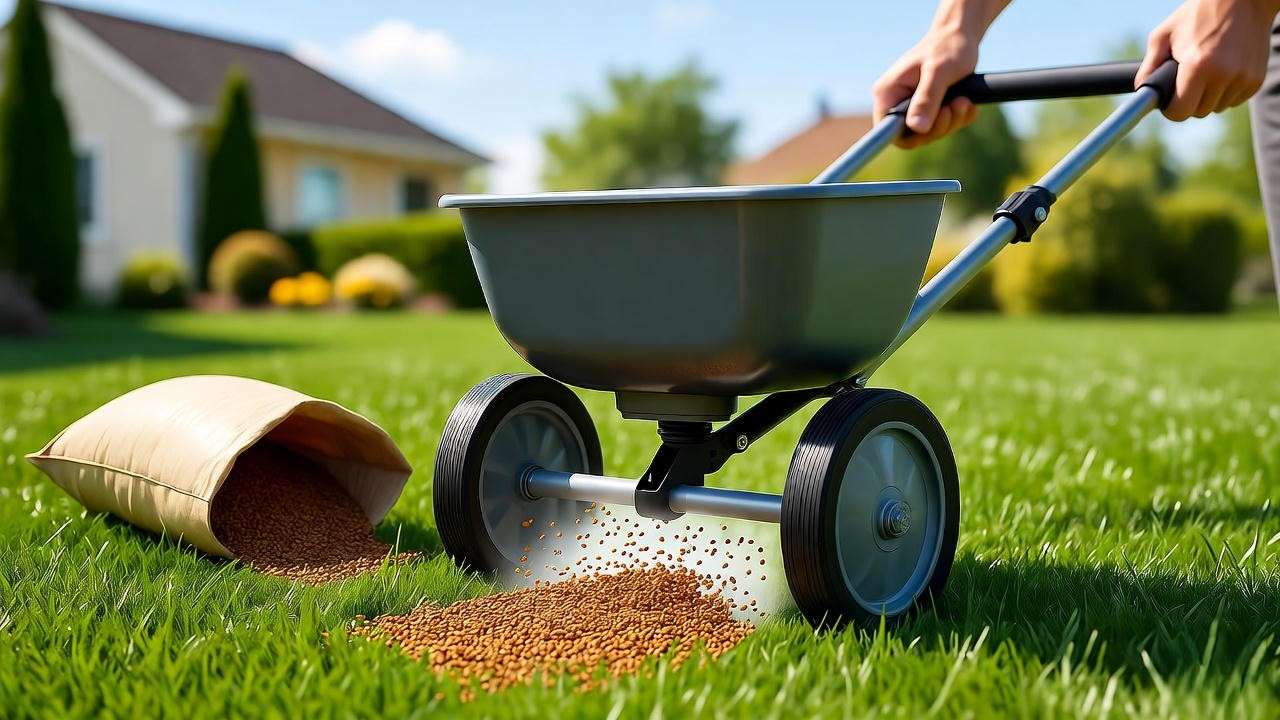
Fertilizing Schedule and Application
Fertilize cool-season grasses in spring and fall, and warm-season grasses in late spring and summer. Apply 0.5–1 lb of nitrogen per 1,000 sq ft per application, using a broadcast spreader for even coverage. Water lightly after fertilizing to activate nutrients. Avoid over-fertilizing, which can harm grass and contribute to waterway pollution. The Lawn Institute recommends splitting applications into 3–4 sessions annually for consistent growth without stress.
Tip 6: Mow Like a Pro for a Polished Lawn ✂️
Optimal Mowing Heights
Mowing at the right height keeps grass plants healthy and attractive. Each grass type has an ideal height to maintain vigor and resist weeds:
| Grass Type | Mowing Height |
|---|---|
| Kentucky Bluegrass | 2.5–3.5 inches |
| Tall Fescue | 2.5–4 inches |
| Bermuda | 1–2 inches |
| Zoysia | 1–2.5 inches |
Use sharp mower blades to prevent tearing, which can stress grass and invite disease. Check blades monthly and sharpen as needed.
Mowing Frequency and Patterns
Mow frequently enough to remove no more than one-third of the grass height at a time—typically every 5–7 days during peak growing seasons. Alternate mowing patterns (e.g., horizontal, vertical, diagonal) to prevent soil compaction and ruts. Leave clippings on the lawn to recycle nutrients, a practice called “grasscycling,” which can supply up to 25% of your lawn’s nitrogen needs, per the University of Missouri Extension.
Tip 7: Combat Weeds, Pests, and Diseases Naturally 🐞
Weed Prevention and Control
Weeds like crabgrass, dandelions, and clover can quickly overrun grass plants if left unchecked. The best defense is a dense, healthy lawn that naturally crowds out invaders. Maintain proper mowing heights and fertilize regularly to promote vigorous grass growth. For existing weeds, hand-pulling is effective for small areas—ensure you remove the entire root to prevent regrowth. For larger infestations, use natural herbicides like vinegar-based solutions or corn gluten meal, which inhibits weed seed germination. According to Cornell University’s Turfgrass Program, applying corn gluten meal in early spring can reduce weed growth by up to 60% without harming grass plants.

Managing Pests and Diseases
Common lawn pests, such as grubs, chinch bugs, and sod webworms, can damage grass roots and blades, leading to brown patches. Inspect your lawn regularly for signs like wilting grass or small moths (indicating webworms). Natural solutions include introducing beneficial nematodes, which target grubs, or using neem oil for surface pests. Diseases like brown patch or dollar spot thrive in humid, overwatered conditions. To prevent them, avoid evening watering and ensure good air circulation by not over-fertilizing. If disease strikes, apply organic fungicides like sulfur or consult your local extension service for targeted treatments.
Maintenance Tips for Long-Term Lawn Success 🌟
Seasonal Lawn Care Checklist
Consistent care keeps grass plants thriving year-round. Here’s a seasonal guide to maintain your lawn:
- Spring: Aerate to relieve compaction, overseed thin areas, and apply a balanced fertilizer to kickstart growth. Check for early weeds and remove them promptly.
- Summer: Adjust watering to combat heat stress, monitor for pests like chinch bugs, and mow at higher heights to shade roots. Avoid heavy fertilizing during peak heat.
- Fall: Overseed cool-season grasses, apply a slow-release fertilizer, and rake leaves to prevent smothering. This is the ideal time for major lawn renovations.
- Winter: Minimize foot traffic on dormant lawns, clean and sharpen mower blades, and plan for spring by ordering seeds or soil amendments.
Sustainable Lawn Practices
Eco-friendly lawn care not only benefits grass plants but also supports the environment. Consider planting native grasses, which are adapted to your region and require less water and maintenance. For example, buffalo grass is a low-maintenance, drought-tolerant option for arid climates. Reduce chemical use by opting for organic fertilizers and pest controls. Xeriscaping—using drought-resistant plants and grasses—can further minimize water needs. A homeowner in Colorado transformed their water-hungry lawn into a native grass meadow, cutting water bills by 40% while maintaining a lush look, as reported by the National Wildlife Federation.
Troubleshooting Common Grass Plant Problems 🔍
Diagnosing Patchy or Thin Lawns
Patchy lawns are often caused by poor soil, excessive shade, or heavy foot traffic. Start by testing your soil to rule out nutrient deficiencies or improper pH. In shady areas, switch to shade-tolerant grasses like fine fescue or St. Augustine. For high-traffic zones, create pathways with pavers or mulch to reduce wear on grass plants. Overseeding annually can thicken thin lawns—apply 3–5 lbs of seed per 1,000 sq ft for cool-season grasses, and water consistently for 2–3 weeks to ensure germination.
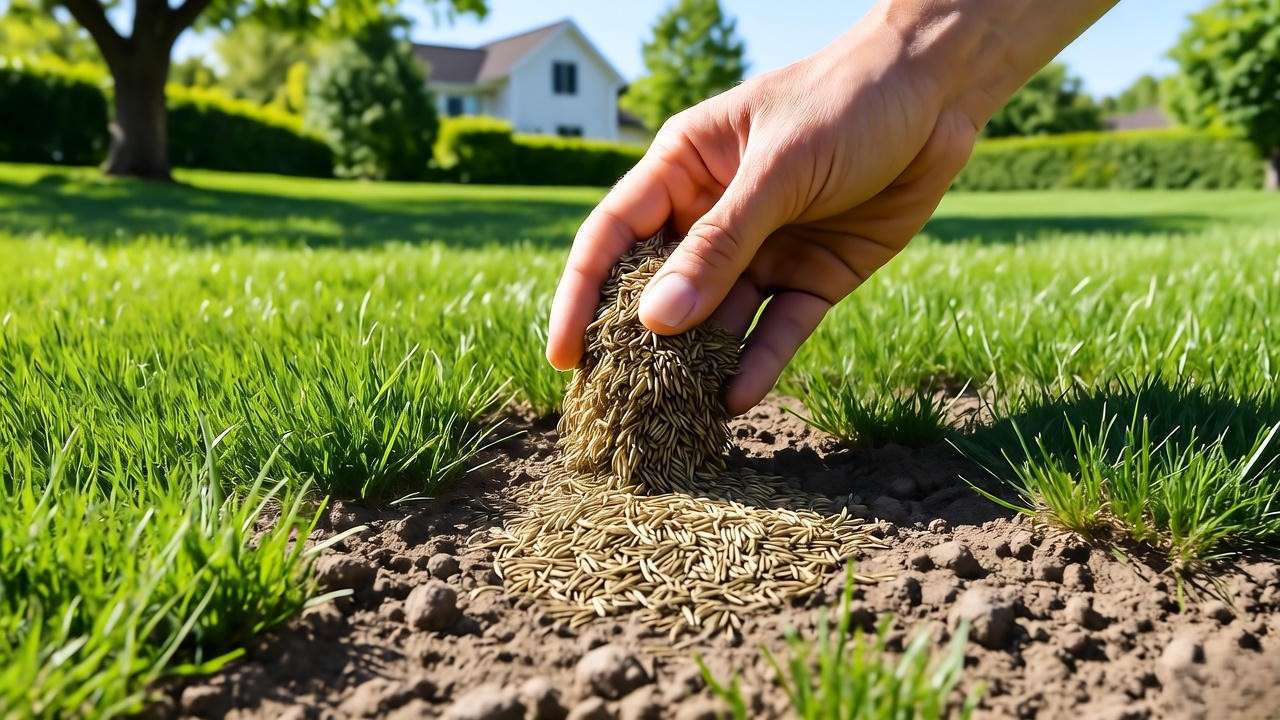
Reviving a Damaged Lawn
If your lawn has suffered from drought, pests, or neglect, a recovery plan can restore its health. Begin by removing dead grass and debris, then aerate to improve soil conditions. Overseed with a suitable grass variety and apply a starter fertilizer with high phosphorus (e.g., 10-20-10) to encourage root growth. Water daily for the first few weeks, then transition to a regular schedule. For inspiration, consider the case of a Texas homeowner who revived a drought-damaged Bermuda lawn by aerating, overseeding, and using compost, achieving a lush lawn within two months.
FAQs About Growing Grass Plants ❓
Q1: How long does it take for grass seed to germinate?
A: Germination times vary by grass type—Kentucky bluegrass takes 14–30 days, while perennial ryegrass germinates in 5–10 days. Ensure consistent moisture and proper soil contact for best results.
Q2: Can I grow grass in shady areas?
A: Yes, shade-tolerant grasses like fine fescue or St. Augustine perform well in low-light conditions. Trim overhanging branches to increase light exposure and improve growth.
Q3: What’s the best way to prevent weeds without chemicals?
A: Maintain a dense lawn through proper mowing, fertilizing, and watering. Hand-pull weeds early and apply organic solutions like corn gluten meal to suppress seed germination.
Q4: How often should I water a new lawn?
A: Water new lawns lightly once or twice daily for 2–3 weeks to keep the soil moist but not soggy. Gradually reduce frequency as grass establishes.
Q5: Is it worth investing in professional lawn care services?
A: Professional services can save time and provide expertise for complex issues like pest control or soil correction. However, with the right knowledge, many homeowners successfully manage their lawns independently.
Conclusion: Your Path to a Lush, Vibrant Lawn 🌄
Transforming your lawn with healthy grass plants is within reach, thanks to these seven essential tips: choosing the right grass type, preparing your soil, planting strategically, watering wisely, fertilizing effectively, mowing correctly, and managing weeds and pests naturally. By applying these expert-backed strategies, you’ll not only achieve a stunning lawn but also contribute to a healthier environment. Start small—perhaps with a soil test or a seasonal care plan—and watch your lawn flourish with consistent effort. Share your lawn transformation stories in the comments below, and explore our related articles on tree care and garden maintenance for more tips to elevate your landscape. For personalized advice, reach out to your local university extension service. Here’s to a greener, lusher lawn! 🌿

